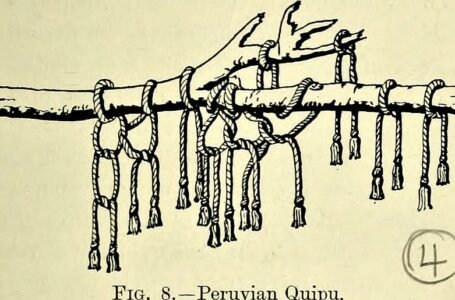Maharani Indira Devi of Cooch Behar: A Life of Courage, Love, Fashion and Activism
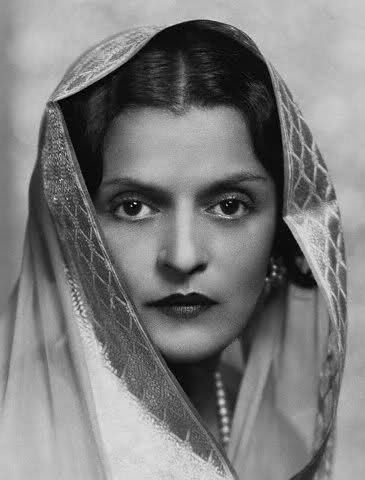
Indira Devi, born Indira Raje on February 19, 1892, into the illustrious Gaekwad family of Baroda, India, defied conventions and etched her name in history as a woman of extraordinary courage and determination. Her story is not just one of royal lineage and opulence but also of personal choices that shaped the course of her life and the destiny of those around her.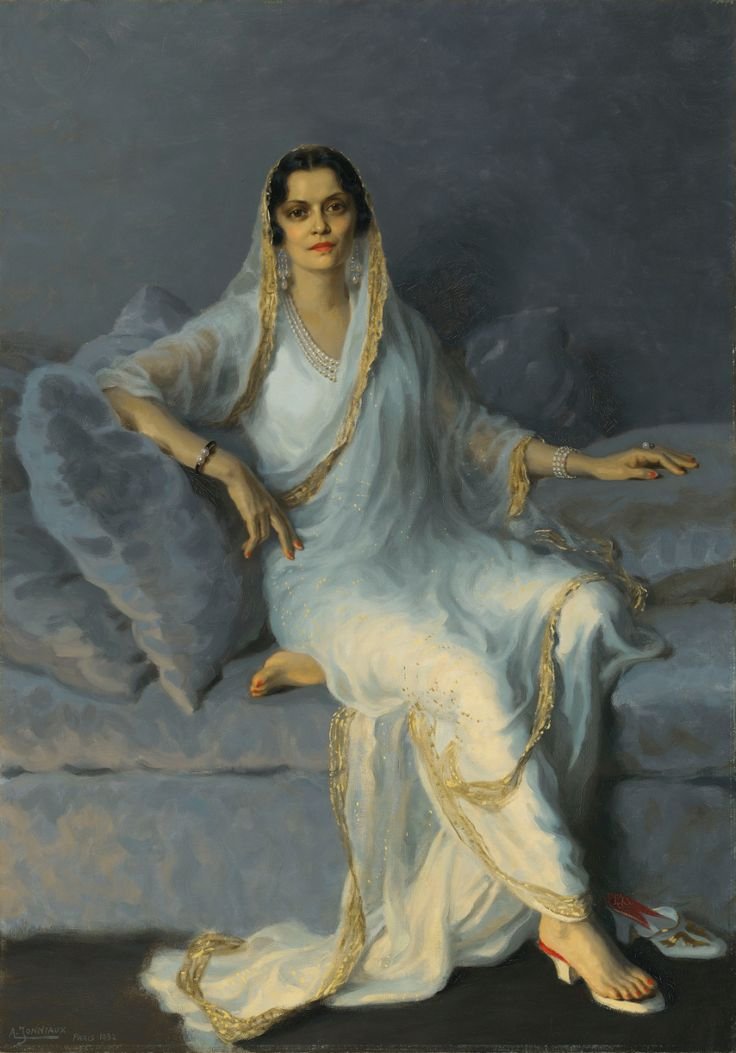
Born as the only daughter of Maharaja Sayajirao Gaekwad III and Maharani Chimnabai II, Indira was raised in the splendor of the Lakshmi Vilas Palace in Baroda. Unlike many of her contemporaries, Indira was fortunate to be born to parents who held progressive views on education. This foresight allowed her to become the first Indian princess to attend school and later pursue higher education, setting a precedent in the royal circles of British India.
From a young age, Indira was destined for a life dictated by royal alliances. Betrothed in her youth to Madho Rao Scindia, Maharaja of Gwalior, her path seemed set within the intricate web of political and social alliances that defined the era. However, fate had other plans for Indira at the Delhi Durbar of 1911, where her life took a dramatic turn.

At this grand imperial assembly, amidst the pomp and pageantry, Indira met Jitendra Narayan, the charismatic younger brother of the Maharaja of Cooch Behar. In a whirlwind of emotions, she found herself captivated by Jitendra’s charm and intellect, leading to a fateful decision that would challenge conventions and alter her destiny forever.
Indira’s decision to break off her engagement with Madho Rao Scindia in favor of marrying Jitendra Narayan was a bold and unconventional move, especially in the rigidly structured world of Indian royalty. It was a choice driven not just by love but by a profound sense of personal agency—a rare quality for a woman of her time and stature. This bold move, driven by love, was met with fierce opposition from her parents. They viewed Jitendra as a playboy from a less respectable lineage and attempted various means to dissuade Indira from pursuing the relationship, including summoning Jitendra for a stern warning. However, Indira remained steadfast, and her parents reluctantly consented to a compromise—they allowed her to marry Jitendra but distanced themselves from the union.
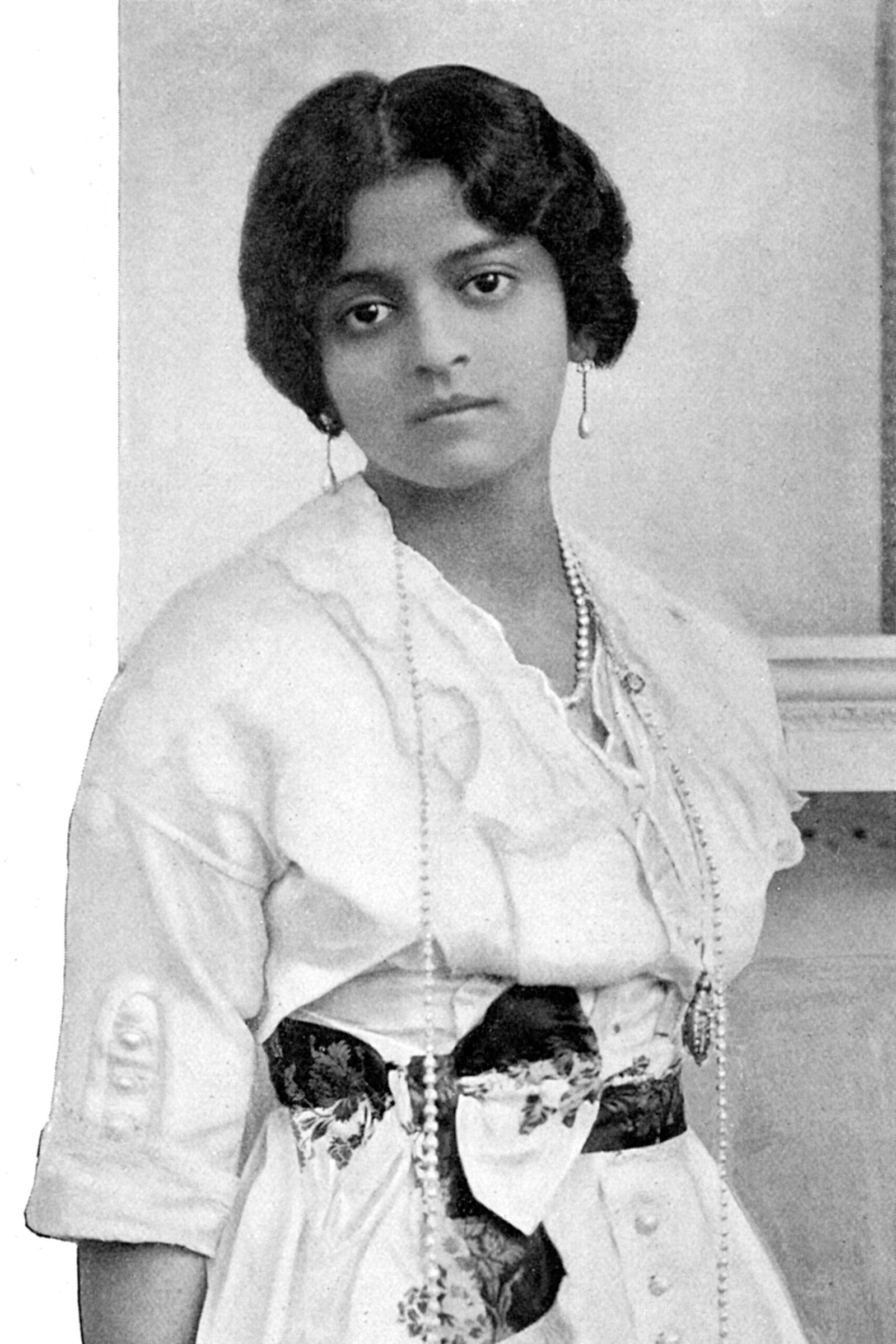
Indira and Jitendra’s marriage, solemnized in London through the rites of the Brahmo Samaj, was initially a source of happiness and promise. They shared nine years together, during which they lovingly raised five children—three daughters and two sons. However, tragedy struck when Jitendra’s older brother succumbed to illness, exacerbated by the burden of alcoholism that plagued his family. In a sudden twist of fate, Jitendra ascended as the Maharaja of Cooch Behar following his brother’s death, thrusting Indira into a new role.
Following her marriage, Indira embraced her role as the Maharani of Cooch Behar with grace and dignity. Tragically widowed at a young age, she assumed the responsibility of regent for her elder son Jagaddipendra Narayan from 1922 to 1936. During this period, she demonstrated astute political acumen and unwavering dedication to her princely state.

Indira’s legacy extends beyond her regency. Her fourth child and second daughter, Gayatri Devi, would later become the renowned Maharani of Jaipur, carrying forward the family’s tradition of leadership and progressive ideals.Indira Devi’s life is a testament to the power of individual choice and the resilience to challenge societal norms. Her courage in breaking off her engagement, despite the diplomatic and personal challenges it posed, exemplifies her strength of character and determination to forge her own path.
Despite the challenges she faced, Indira approached her responsibilities with characteristic verve. While her administrative skills were deemed modest, she compensated with an active social life that often took her to Europe, where she had long been drawn to cultural and social engagements. Her presence in European circles sparked speculation and gossip about her relationships, including rumored dalliances with notable figures such as Hugh Molyneux, Sir C.P. Ramaswami Iyer, and even Prince George, Duke of Kent.
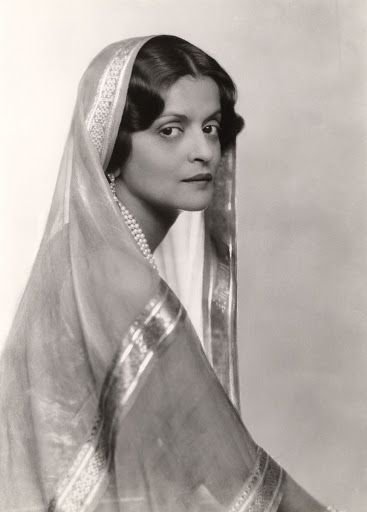
However, it was her rumored association with the future Edward VIII that stirred the most controversy, prompting a discreet message from King George V through the India Office, subtly suggesting her return to Cooch Behar. This episode underscored the complexities of her position as a widow and regent, navigating personal desires against the backdrop of royal duty and societal expectations.
Indira Devi’s life journey—from the rebellious decision to marry for love to the challenges of widowhood and regency—highlighted her unwavering spirit and determination to live life on her own terms. Beyond the confines of Cooch Behar, her legacy endures as a testament to the enduring power of personal choice and the complexities of royal life in early 20th-century India. Indira Devi remains a figure of intrigue and admiration—a woman who defied conventions and left an indelible mark on history.

Her progressive outlook and cosmopolitan influences shaped her into a pioneering figure in matters of style and sophistication. One of the first Indian princesses to embrace a Western education, Maharani Indira Devi defied societal norms and traditional expectations throughout her life. After the tragic loss of her husband, Maharaja Jitendra Narayan, she chose not to succumb to widowhood but instead embarked on a transformative journey. Breaking away from the confines of Cooch Behar, she made a bold move to London, asserting her independence and determination to carve her own path.
Maharani Indira Devi’s influence extended far beyond her regal duties. It was during a fateful trip to France that she discovered chiffon fabric in Lyon—a moment that ignited her passion for fashion and set the stage for a groundbreaking trend in India. Enamored by its delicate texture and ethereal quality, she commissioned the creation of a nine-yard white chiffon saree, a daring departure from traditional mourning attire. This decision marked the beginning of a fashion revolution as she introduced the chiffon saree to Indian women, pairing them with diamond-studded shoes and pearls to create a signature look of timeless elegance.
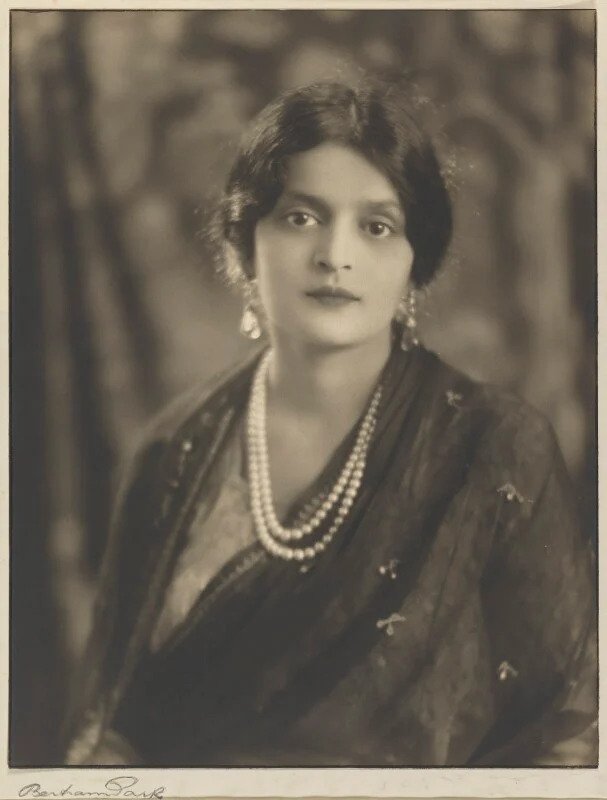
Her collaboration with renowned shoemaker Salvatore Ferragamo further enhanced her distinctive style, blending Indian tradition with European craftsmanship. Each saree in Maharani Indira Devi’s collection was meticulously crafted on French looms, showcasing a palette of soft pastel hues that complemented her radiant presence. Her impeccable taste and innovative spirit earned her global recognition, with Vogue magazine even lauding her as one of the ten most beautiful women in the world—a testament to her enduring influence on international fashion.
Beyond her contributions to style, Maharani Indira Devi was a devoted mother to five children, each of whom left their own mark on Indian royalty and society. Her eldest daughter, Ila, married into the royal family of Tripura, while her second daughter, Gayatri, became the esteemed Maharani of Jaipur, celebrated for her beauty and charisma. Her sons, Jagaddipendra Narayan and Indrajitendra, continued the legacy of Cooch Behar, although tragically, Indira Devi experienced the loss of Princess Ila and Prince Indrajit Narayan Bhup in her lifetime.

In her later years, Maharani Indira Devi spent significant time in Europe, where her social engagements and cultural pursuits further cemented her reputation as a global icon of style and sophistication. Despite facing personal tragedies, she remained resilient and continued to inspire admiration for her unwavering spirit and unwavering commitment to cultural exchange.
Maharani Indira Devi’s life was a tapestry woven with threads of defiance, tragedy, and resilience. Her legacy as a style icon and trailblazer endures, reminding us of the transformative power of individuality and the enduring influence of those who dare to challenge conventions. Maharani Indira Devi of Cooch Behar—forever celebrated for her grace, elegance, and pioneering spirit in the world of fashion and beyond.
